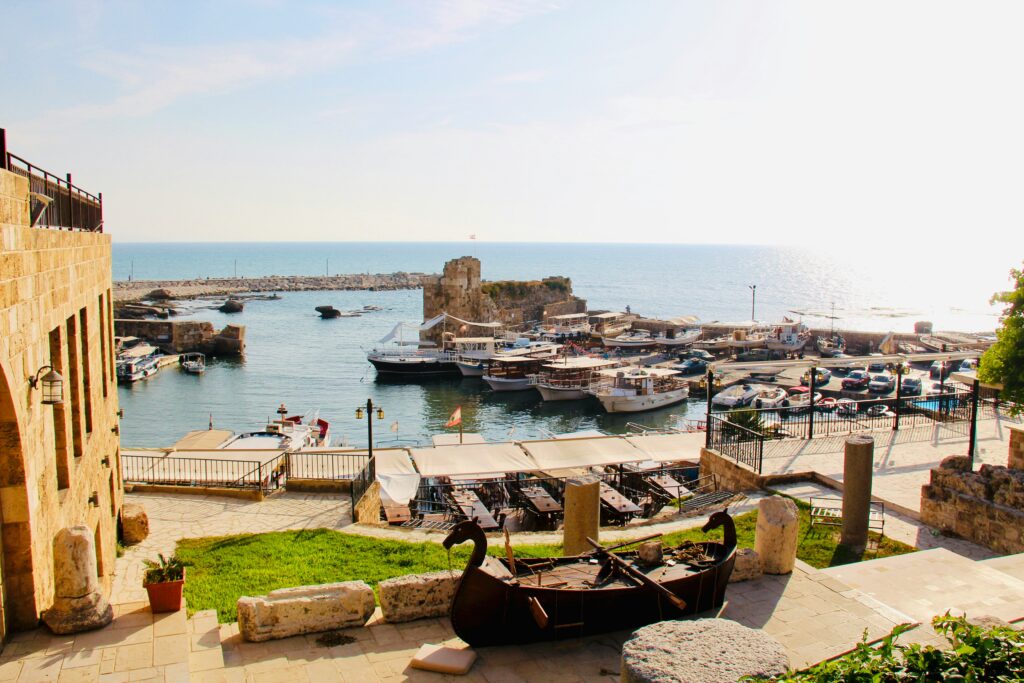
Exploring the beauty of Lebanon by driving through its winding roads can be a thrilling experience. But if you’re planning to roll down those windows and take a drive through the picturesque landscapes, you might be wondering just how safe it is to do so. In this post, I aim to give you a real, honest look at driving in Lebanon as a visitor, along with essential safety tips to keep in mind while you navigate this stunning country.
Understanding the Terrain
Lebanon boasts a diverse landscape. From the bustling streets of Beirut to the serene villages in the mountains, there’s much to see. But with mountains come narrow roads, and with busy cities come chaotic traffic conditions. The terrain can change rapidly; one minute, you’re on a scenic coastal road, and the next, you’re winding up the steep hills. That said, knowing what to expect can make all the difference.
Road Conditions and Navigation
The quality of roads in Lebanon varies. Some highways are well maintained, while others might be riddled with potholes. In major cities like Beirut, traffic can be hectic, and if you’re not used to local driving customs, it can feel a bit overwhelming. A map app on your phone is your best friend here—Google Maps or Waze can help you navigate and avoid roads that might be in bad shape.
And here’s a little tip: don’t just stick to the main roads! While they are generally in better condition, some of the most breathtaking views are found on smaller, less-traveled paths. Just be cautious—if you see a sign indicating steep inclines or winding roads, you might want to reconsider.
Know Local Driving Customs
Understanding local driving customs is essential. In Lebanon, honking is almost an unspoken rule; it’s a way of communicating on the road. You’ll see drivers using their horns liberally, whether to warn others of their presence, to express impatience, or simply to say “hello.” If you’re driving, it’s wise to stay alert and keep your distance.
Speeding and Lane Discipline
Another quirky aspect is the disregard for speed limits. You might be tempted to follow the posted limits, but be aware that many locals often ignore them. Stay cautious—you should aim to follow the flow of traffic while also being vigilant.
As for lanes? They’re more suggestions than rules. You’ll often see cars squeezed into spaces that might seem impossibly tight. If you’re nervous about driving in such conditions, consider returning to the comfort of the back seat. Taxis and rideshare options can also offer a nice taste of local driving without the stress.
Safety Considerations
Safety is a top priority when visiting any country, and Lebanon is no exception. While many tourists drive without incidents, it’s good to be aware of potential safety concerns.
Road Safety and Emergency Precautions
First things first: make sure you have a valid driver’s license and understand the local insurance requirements. It’s best to rent from a reputable company that will provide you with a solid insurance policy. In case of an accident (God forbid), knowing you have coverage can put your mind at ease.
Additionally, it’s always wise to keep emergency numbers handy. The police can be reached at 112, and it might be smart to memorize the local number of your rental car company as well. In the unlikely event you need assistance, having this information at your fingertips could save you time and stress.
Driving After Dark
As a general rule, try to avoid driving after dark. Road conditions can be tougher to gauge, and visibility drops dramatically. Plus, the less experienced drivers on the road may be out in greater numbers as the sun goes down.
If you have to travel after sunset, stick to well-lit, populated areas. Keeping your eyes peeled for local traffic patterns can help steer you safely through the night.
Keeping Your Belongings Safe
While the majority of places in Lebanon are welcoming, it’s always smart to be cautious about your belongings. When stopping for a coffee or taking a stroll in the city, make sure your belongings are secure. If you’re parked, avoid leaving any valuables visible in the car. This simple act can save you from potential headaches.
It’s All About Being Prepared
Staying prepared can make a world of difference. Consider downloading a translation app if you don’t speak Arabic or French. This can help you communicate better and understand local signs, especially in rural areas where English might not be as commonly spoken.
Also, keeping a physical map as a backup can save you in cases of poor Internet connectivity—this can happen more often than you’d think in mountainous regions. It might sound old-school, but it sometimes works better than relying on technology alone.
Final Thoughts
In summary, driving in Lebanon can be a wonderful adventure if approached with the right mindset and preparation. The landscape is stunning, the culture rich, and there’s something undeniably liberating about exploring this stunning country at your own pace. Just remember to stay cautious, respect the local driving customs, and keep safety at the forefront. Whether you’re zipping through the streets of Beirut or leisurely cruising along the coast, each drive can become a cherished memory.
For more tips on road trips in the Middle East, check out this [Related: example] link—it’s filled with insights that can enhance your traveling experience!
**Related Reading:** – [Related: How to Plan a Solo Trip on a Budget] – [Related: Top Destinations for First-Time Solo Travelers] **#SoloTravel #Driving #Lebanon #Safe #Visitors #Key #Safety #Tips**
